Redshift render vs Octane are the two fastest GPU renderers available today. In terms of both speed and image quality, it’s a Tweedledum and Tweedledee. Today, however, let’s put these two renderers on the table to see which one is the best.
Background Redshift Render vs Octane
Octane is a GPU-based 3D rendering engine. It is the world’s first real-time, unbiased rendering engine based on physically accurate rendering. Octane has many features that make it the fastest rendering engine available today. Octane is the first standalone ray-tracing renderer marketed entirely using GPUs. So it has first-mover advantages.
Strengths: Simple settings, quick rendering (up to a certain level of complexity), simple photorealism, IPR speed, IPR window features, configurable material node interface, tri-planar mapping, octane scattering
Weaknesses: Limited GPU memory, Scalability, Stability, Lack of Custom AOVs, Lack of Light Linking, Unreliable/Delayed Updates, Limited Maps/Materials, Difficult to Layer Multiple Materials, “Octane Effect”.
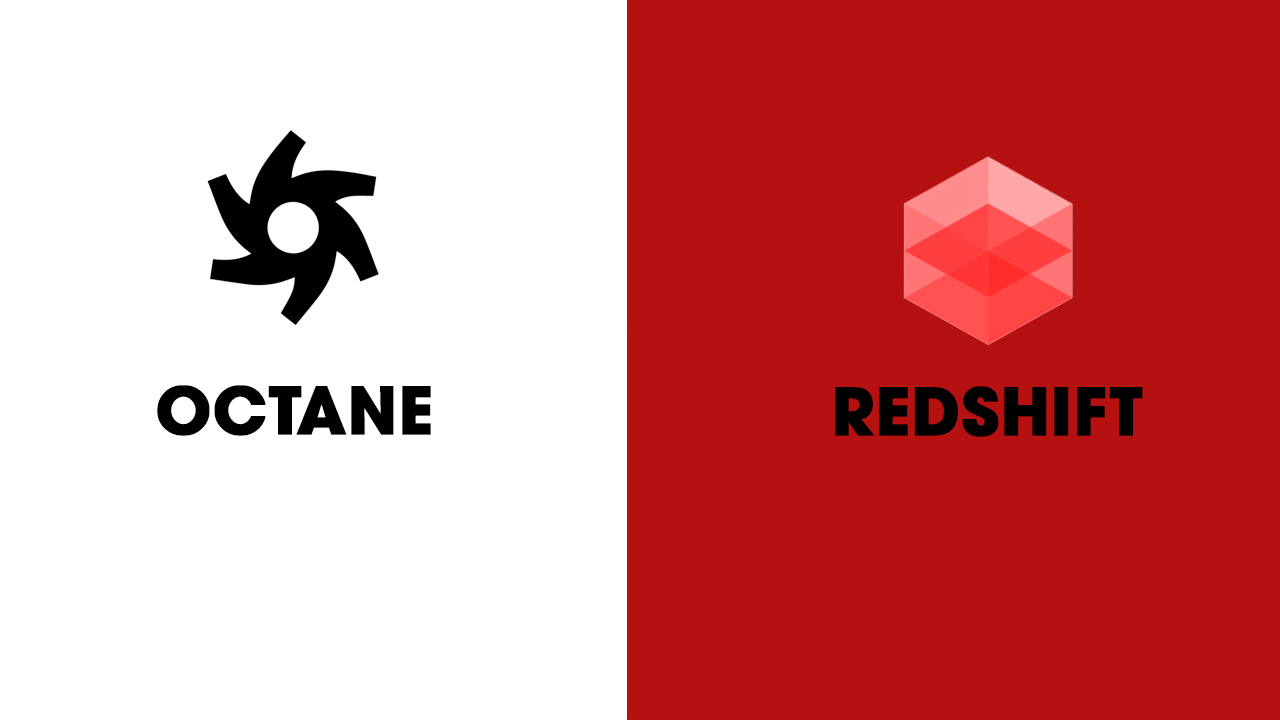
Redshift is a GPU rendering engine that was born not too long ago. Compared to Octane, born a long time ago, Redshift is considered the next generation. Redshift is a powerful GPU-accelerated bias renderer. Tailor-made to support creative individuals and studios of all sizes. Redshift offers a robust feature set and integration with many popular 3D software and CG applications.
Strengths: The support for Redshift Proxies/Instances and X-Particles is expanding. It balances the workload between the CPU and the GPU, is extremely quick, has production-focused features, a biased engine, unified sampling, a great uber shader, a ton of different map types, and a responsive development team that visits forums and responds to questions.
Weaknesses: Convoluted AOV workflow, inability to texture lights other than pictures, lack of helpful utility nodes compared to other options, lack of support for X-Particles trails (or splines at all), steeper learning curves.
Compare Redshift render vs Octane
While both Octane and Redshift are the fastest GPU rendering engines available today, each has different feature sets. There are many criteria to compare Redshift vs. Octane. For the most fairness and objectivity, we will compare the feature sets of both of these rendering engines.
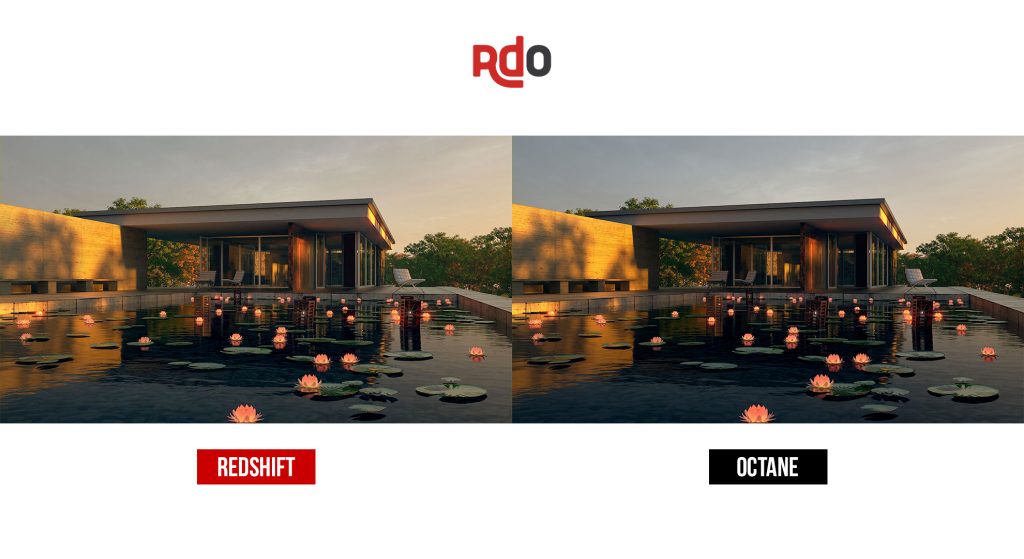
User Interface
It seems that this criterion is leaning more toward Octane. Octane has a user-friendly interface and an intuitive workflow. Octane’s interface is designed to be simple and easy to understand for new users, who can easily get used to the intuitive controls and tools. It provides users with a node-based system for creating complex materials and lighting designs with complete ease, without having to apply specialized knowledge or has to calculate detailed lighting angles.
At the interface of Octane, there are four main areas, which are:
- Render Viewport: You can see your scene continuously updated in this feature. It adjusts to materials, lighting, and camera settings so it can represent your scene in real-time and see how it interacts. You can update and change materials instantly.
- Node Inspector: This feature will display parameters related to selected nodes in the Node Graph Editor.
- Node graph editor: provides an intuitive interface
- Scene-Outliner: Provides an outline-like overview of all elements in the scene. The Scene Outliner also contains tabs for accessing local and online databases.
Redshift render vs Octane is different; its interface is more complex. For new users, it takes a while to get used to. It uses a traditional, less intuitive shading system. Familiar users will find it easier to work with Redshift. Redshift’s toolbar has many toolbars and shortcuts that are easy to work with. You can find a color picker and shader manager so you can choose the colors and textures that are right for your project. And best of all, you can find all your file managers in a single place, setting file paths, creating scene archives, and tracking assets like surfaces, textures, and proxy objects.
Performance
Regarding the speed of Redshift, the developer of this tool has tested the rendering speed at 5 frames per second and rendered the final product in a maximum of 10 minutes. With global illumination, depth of focus, and in-camera motion blur, it doesn’t take much for Redshift to perfect the scene. The SSS is beautiful and natural. It has a realistic, clean look with very little grain and the atmospherics look superb and has minimal impact on render times.
Although both are GPU rendering engines, many people find Octane slower than Redshift because it is unbiased software. However, from what we observe, it does not differ significantly depending on the project; both tools give the same fast rendering speed and similar performance. The more GPUs, the faster Octane renders. Octane makes photorealism very fast and simple, and it quickly delivers beautiful frames. Image quality also has better than average stabilization. Especially with scenes with a lot of still images, its speed and quality are quite good. You can try it out.
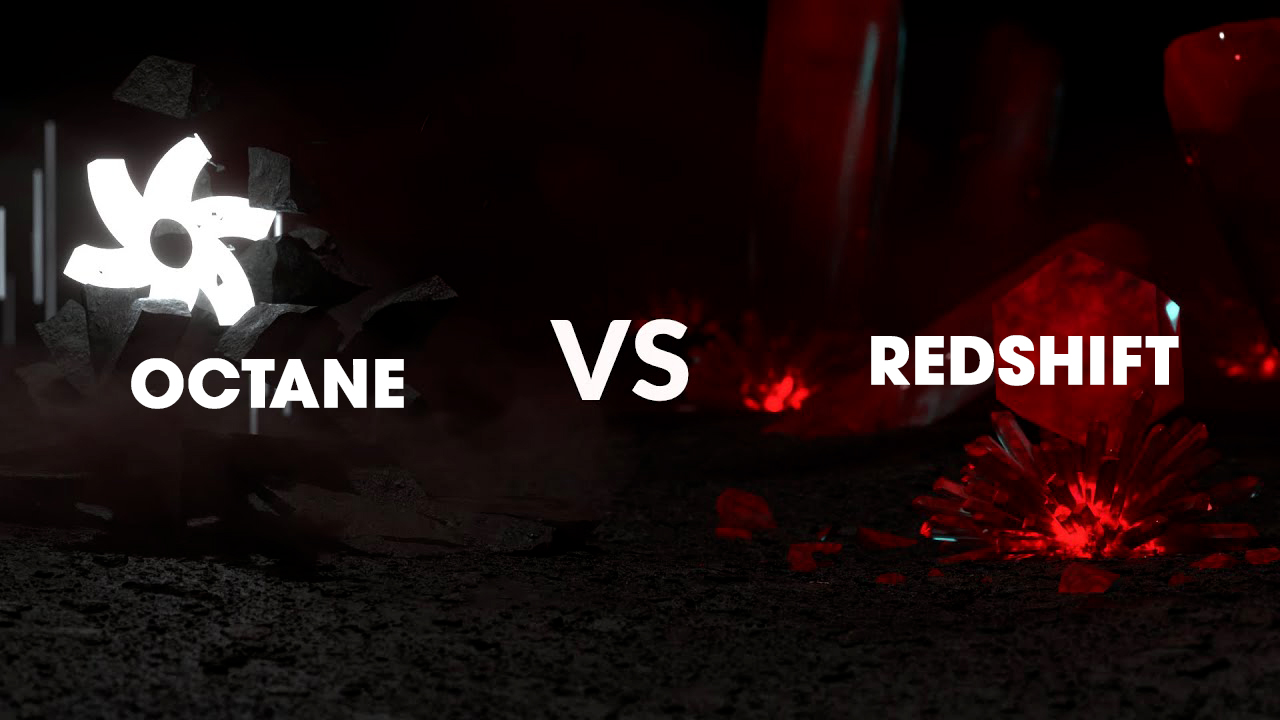
Materials
In fact, neither Octane nor Redshift comes with a rich library of built-in documents. But both of these tools provide users with packages of materials that are available online and ready to download at any time. These materials allow you to apply and create textures in no time with simple drag-and-drop.
Real-time rendering capabilities
Redshift uses the GPU for rendering, so it allows you to approximate your final image quickly. Several textures and lighting will interact with each other to create the final render, so you won’t have to wait too long to see the result. Redshift is a powerful GPU-accelerated renderer built for large, complex projects.
Meanwhile, Octane can improve the quality of the environment and the object. Octane is a physically accurate 3D rendering engine that is unbiased and able to use multiple graphics cards for rendering, which accelerates real-time rendering and processes tasks faster. Octane also has the Brigade path tracking toolkit built into it, which dramatically improves scene load times and dynamic and real-time rendering.
In some cases Redshift render vs Octane, Redshift actually has better performance than Octane; if your project contains more complex, heavier scenes or needs to render animation faster, then you should use Redshift.
Render setting
Redshift has a render settings window in this tool that stores a number of settings. Depending on your scene and the desired outcome, you can have the settings change from time to time.
For Octane to install render, it is somewhat more difficult as you will have to set up more things for your scene. To install the rendering for Octane, you must first open its settings window by using Ctrl + B. In this window, you can adjust settings with three main service tabs: Main, Overwrite Kernel Settings and Render Passes.
Price Redshift render vs Octane
Redshift is provided with an unlimited GPU per machine license. With price:
- Annual Subscription: $81.91 per month via Maxon
- Monthly Subscription License: $116.00 per month via Maxon
Octane now has a monthly package for you to easily own a license. It is not too expensive, and you can refer to it with the following price:
- Annual Price: €699 (super confusing pricing structure) via Otoy
- Monthly Price: Starting at €16.58 for small studios via Otoys
Conclusion
In the end, we found that both Redshift render vs Octane are the best real-time renderers available today, are fast and have no compromise on final render quality. Depending on your project, you can choose between Redshift render vs Octane. For complex, scene-heavy projects that require complex VFX, Redshift is a great choice. Octane handles scenes with a lot of stills very well, especially for framing or doing a basic look, in terms of extremely fast speed, especially with the IPR feature that makes it easier for you to create images.
See more: Top 5 best GPU-accelerated rendering software to try in 2023
Or A complete list of best render engines 2023


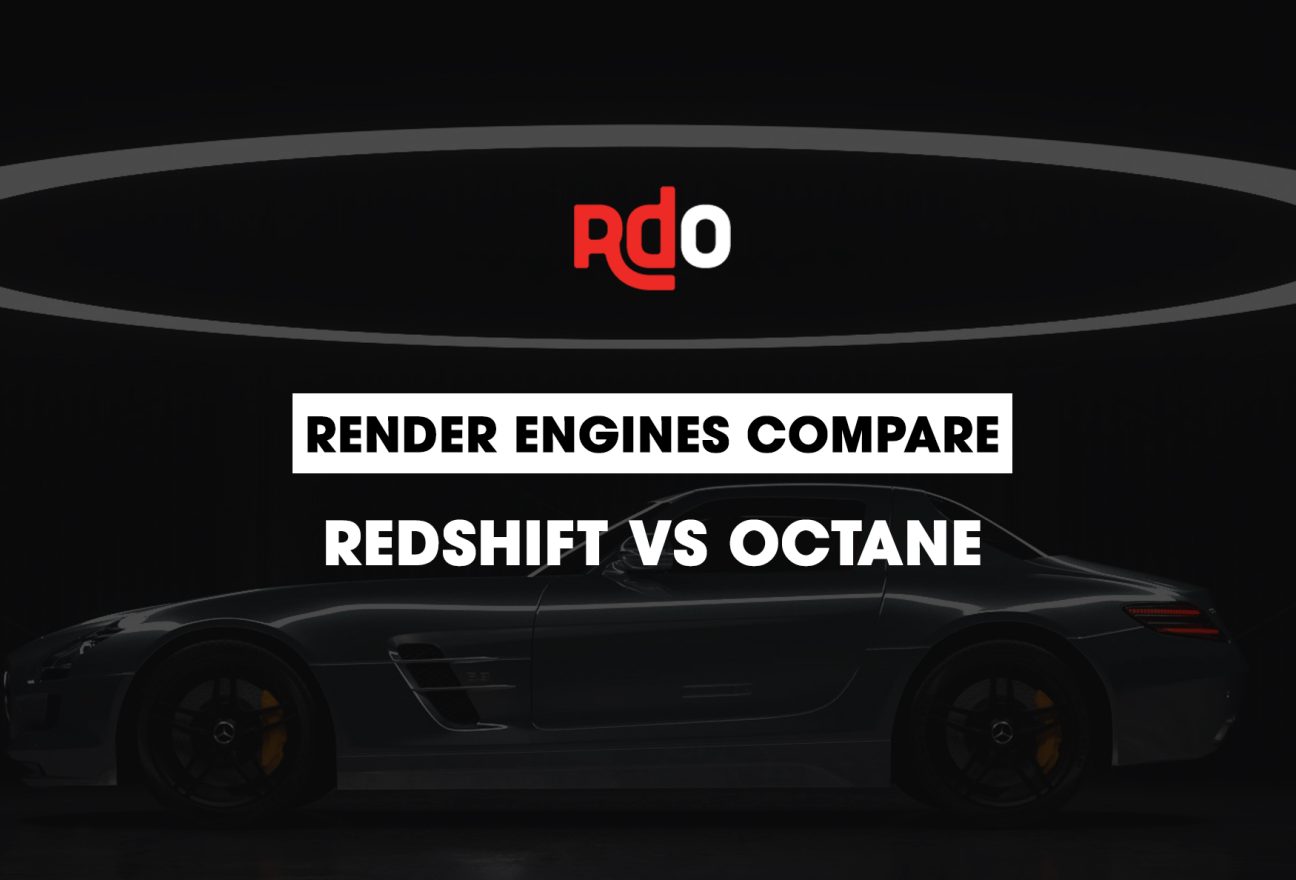
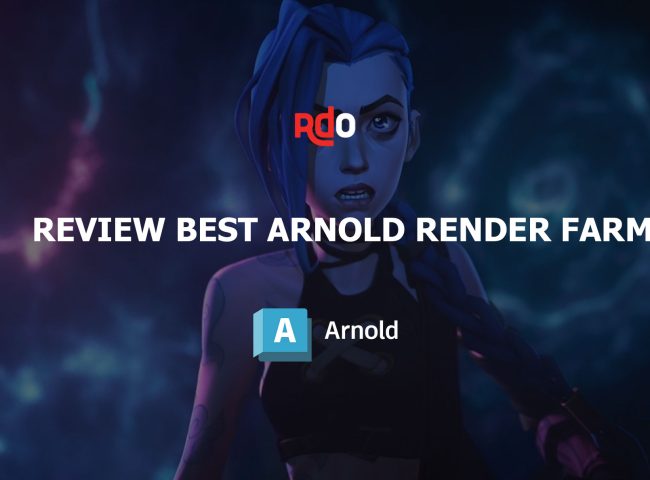
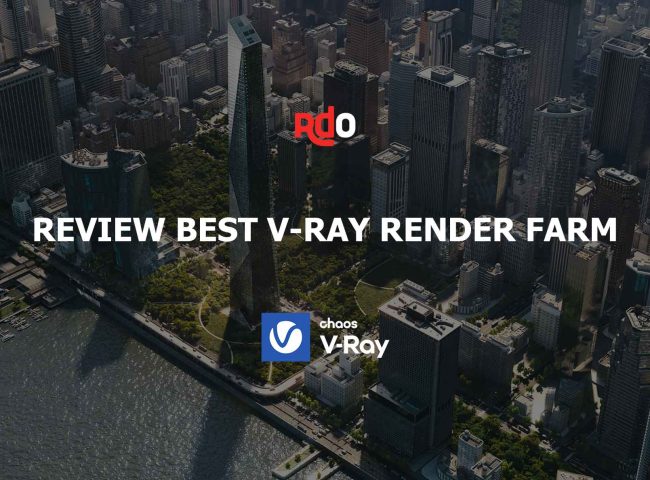
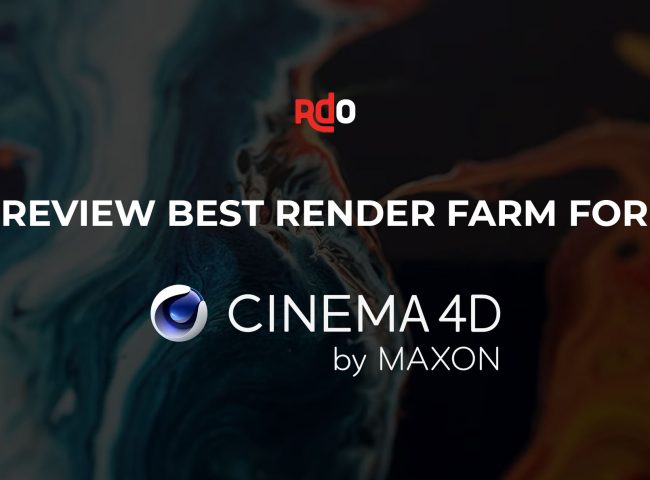
Leave feedback about this